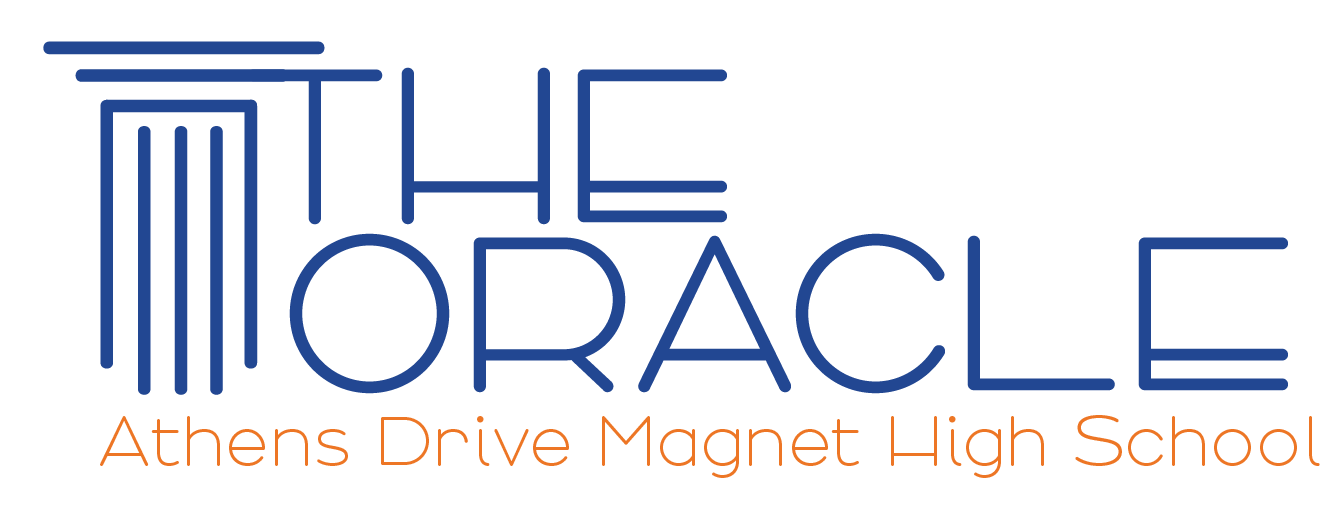Since the 9th and 10th centuries, Saint Patrick has been honored by the Irish with food and drink every year on the anniversary of his death, March 17.
Saint Patrick, the patron saint of Ireland, was born in the 5th century in Roman Britain where he was kidnapped and brought to Ireland as a slave at the age of 16. Although he escaped, Saint Patrick eventually returned to Ireland and introduced Christianity, establishing schools, monasteries and churches. One of the most well-known legends surrounding Saint Patrick is that he used the three leaves of the Irish clover, the shamrock, to explain the Holy Trinity.
When it was first created, St. Patrick’s day was a religious holiday observed by Irish Catholics. Traditionally, St. Patrick’s day was celebrated by going to church in the morning, then in the afternoon there would be dancing and drinks, as well as a break from the Lent practice of not eating meat. However, the importance of this holiday remained within the Irish Catholic community until they started immigrating to America.
When the Irish potato famine hit in 1845, close to one million Irish Catholic immigrants came to the U.S. At this point, there was already an established Irish Protestant community in the U.S., and the difference in accent and religious beliefs made it difficult for the immigrants to find jobs. When they first celebrated St. Patrick’s day in the U.S., they were even mocked by the newspapers, being depicted in cartoons as drunk, violent monkeys.
However, the Irish Catholic immigrants realized that together they could be an important political voter demographic, influencing the swing vote. This changed the meaning of St. Patrick’s day for those in America. What had once been a religious holiday about Saint Patrick became a celebration of Irish patriotism and their parades became a popular spot for political candidates.
Today, St. Patrick’s day is celebrated around the world in countries such as the U.S., Canada, Australia, Japan, Singapore, Russia and of course, Ireland. Popular modern day traditions include parades and festivals, cooking corned beef and cabbage, baking Irish soda bread and wearing green. One notable celebration is Chicago’s annual event of dyeing the Chicago River green. While St. Patrick’s day is still a religious holiday in Ireland, they have also adopted modern traditions to attract tourism.
Unfortunately, like last year, many St. Patrick’s day parades and festivals will not be held this year. However, virtual celebrations and one’s own at-home traditions can still make this year’s St. Patrick’s day an exciting and festive holiday.







